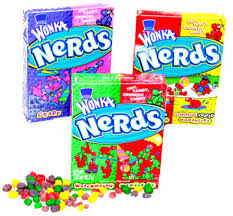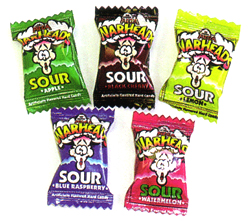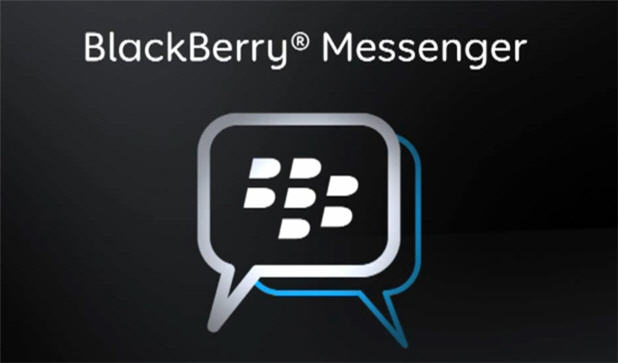100 Inferno Escape Walkthrough Levels 41 to 50
100 Inferno Escape Walkthrough - Levels 41 to 50100 Inferno Escape Walkthrough. 100 Inferno Escape Solution.Floors 41 to 50Full walkthrough solution with step-by-step instructions on how to solve each level of the point-and-click room escape game 100 Inferno. Detailed explanations, tips, tricks, hints, and screen-prints provided. If you are stuck, then this walkthrough will assist you to get through the level.
For the walkthrough for other floors of 100 Inferno Escape, follow this link.
100 Inferno Escape Level 41 Walkthrough
Floor 41: 4 skulls, 4 rams, 8 numbers.
Tap the skulls and rams from #1 through to #8. You need to rotate them so that they are oriented the same way as the number. If you struggle, then this is the number of taps required:
1: 1 tap, 2: 2 taps, 3: 1 tap, 4:3 taps, 5:3 taps, 6:2 taps, 7: 3 taps, 8: 1 tap.
Floor 41 solved!
100 Inferno Escape Level 42 Walkthrough
Floor 42 is the hospital ward.
Tap the clock above the bed. Then tap the images in the same order. Unfortunately, each time you tap the clock you will get a new randomized sequence.
Hint: I could only remember the first 3 images. Then I use brute force to get the order of the last 3.
Floor 42 solved.
100 Inferno Escape Level 43 Walkthrough
Floor 43 has a 15 number sliding puzzle.
Slide the pieces as per a normal sliding puzzle 1,2,3,4 in the top row, 5,6,7,8 in the second row, 9,10,11,12 in the 3rd row, 13,14,15 in the bottom row.
Hint: To solve these sliding puzzles, do it in this order:
1. Solve the top row.
2. Solve the second row.
3. Solve 9 and 13.
4. Solve 10 and 14.
5. Move the last 3 into position.
Floor 43 solved!
100 Inferno Escape Level 44 Walkthrough
Floor 44 is the telephone floor. Call me 1-2-3-5-?-?-?
You will see a hint: by Fibo...
Fibo is the short for Fibonacci sequence.
So, the above sequence will be 1-2-3-5-8-13-21
(The next number is always the sum of the previous 2 numbers)
Use the big keypad in the center and type 1 2 3 5 8 13 21
Door will open and floor 44 solved!
100 Inferno Escape Level 45 Walkthrough
Floor 45 ha a yellow door with the word ESCAPE written in blood.
There are 4 rows of 7 blocks each. If you tap all the blocks you will see what letter the blocks represent.
Find the letters E-S-C-A-P-E then tap them to open the door.
(I do not know if the letters are random each round, this is where I found them)
With R = row and C = column:
E = C1 R1
S = C1 R3
C=C2 R2
A=C1 R4
P = C4 R4
E= C4 R7
If you tap the letters correctly, they will stay lit. If you make a mistake, reload the level and start over.
100 Inferno Escape Level 46 Walkthrough
Floor 46 is the SOS May Day Help Me floor.
You need to spell the words "Help Me" at the top.
You do this by swapping the 1st letter with the 4th and the last letter with the 2nd.
Not so easy!
Here is a possible solution: Last, Last, Last, Last, First, Last Last.
100 Inferno Escape Level 47 Walkthrough
Floor 47 has flags and landmarks.
Look at the picture of the flag, then post the correct landmark postage stamp!
Brazil (green flag with yellow diamond and blue center) = Christ the Redeemer
China (red flag with yellow stars) = Great Wall
Italy (green, white, red) = Colosseum
India (orange, white, green) = Taj Mahal
Peru (red white red) = Machu Picchu
Mexico (green, white, red with symbol in center) = Pyramid
Jordan (Red left side with black. white, and green) = Petra rock building
It will not tell you if you made a mistake! Right at the end it will spit out all the stamps if you did not get all of them right. Good luck!
Level 47 solved!
100 Inferno Escape Level 48 Walkthrough
Floor 48 is the big bookcase floor.
Tap the bookcase about 73 times so that it moves out of the way.
Tilt your device so that the hook in the top left corner can come down. The hook will grab the key.
Tilt back so that the key goes up all the way to the top.
Now you will have the key in your inventory.
Use the key on the lock.
Floor 48 solved.
100 Inferno Escape Level 49 Walkthrough
Floor 49 has a hand and 6 pictures of a woman.
Tap the hand to change color.
Now change the symbol next to the woman with the same color hair as the hand. The symbol needs to match a symbol on the woman. Check her earring, hair piece, or on her neck for the heart, spade, diamond, moon, star, or club shape.
When you are done, tap the hand to go to the next color.
Do all 6 woman and the door will open.
Floor 49 solved.
100 Inferno Escape Level 50 Walkthrough
Available
link for download




























 "Its been 24 hours since we resumed the launch of BBM for Android and iPhone. And what a day its been! Weve already had more than 10 million downloads of BBM," BlackBerry EVP (BBM)
"Its been 24 hours since we resumed the launch of BBM for Android and iPhone. And what a day its been! Weve already had more than 10 million downloads of BBM," BlackBerry EVP (BBM)